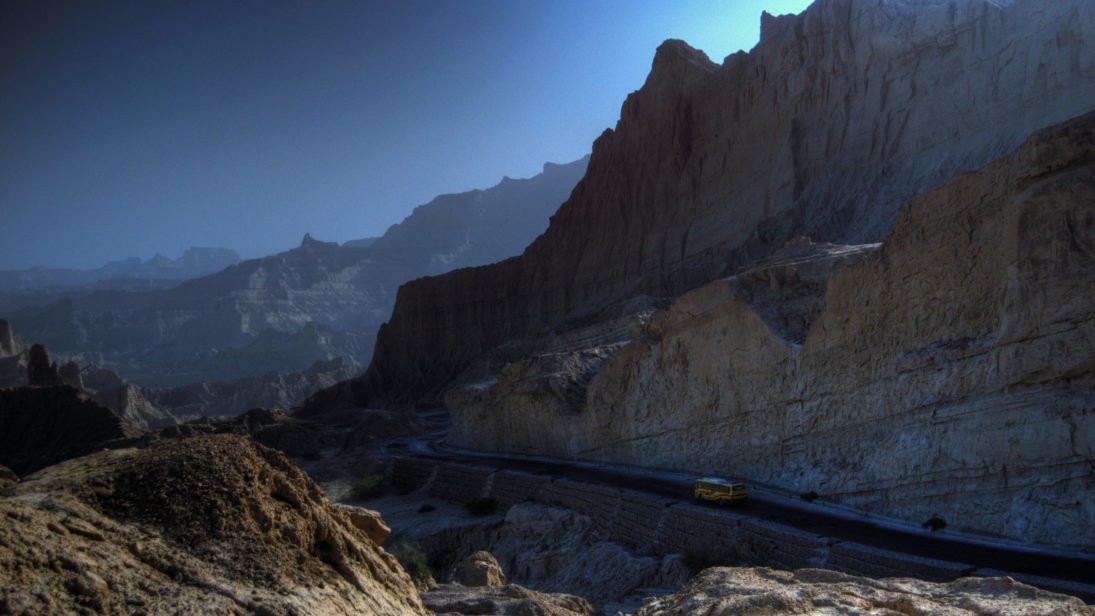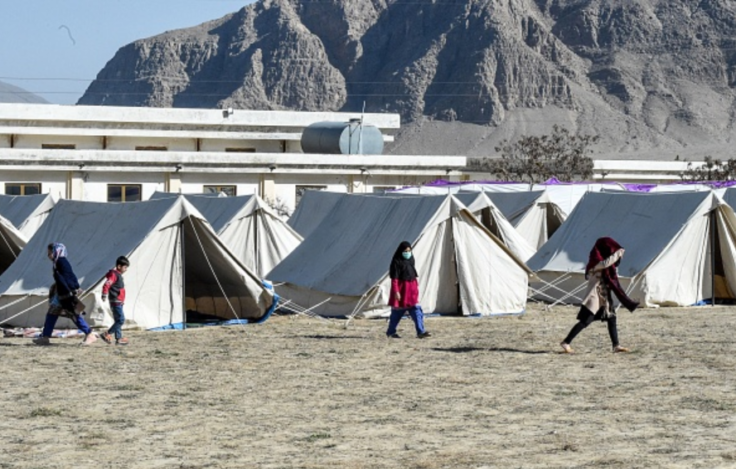
In the Pakistan-Iran border town of Taftan in Balochistan province, thousands of pilgrims have been quarantined to prevent the continued spread of COVID-19 into Pakistan. Many are confined to what is known as “Pakistan House” —constructed as a symbol of protection and hospitality for the country’s Shia pilgrims after the banned Sunni outfit Jaish-ul-Islam carried out suicide attacks on two Taftan hotels in 2014. Since then, Pakistan House has become a common place for religious pilgrims to stay while crossing in and out of Iran.
However, as news of confirmed cases of COVID-19 in Iran’s holy city of Qom began to emerge in late February, Pakistani officials hurriedly confined the pilgrims at the Taftan border. Reports suggest over 2,000 Pakistanis were brought to Pakistan House—built on four acres of land with only a few halls, a couple of canteens, and twenty bathrooms. As the numbers of those returning from Iran grew, Pakistani officials kept returning pilgrims in additional camps in Taftan and moved others to Balochistan’s provincial capital, Quetta. Many reportedly protested or fled quarantine facilities in Quetta and Taftan over the poor conditions.
Reports suggest over 2,000 Pakistanis were brought to the Pakistan House—built on four acres of land with only a few halls, a couple of canteens, and twenty bathrooms.
A main border crossing point, Taftan once generated upwards of USD 4 million in trade revenues monthly. However, the town lacks basic facilities for its residents. In Taftan, as with elsewhere in Balochistan, residents must travel hundreds of miles to health facilities in Quetta. With Taftan now the epicenter of Pakistan’s outbreak, Balochistan is not prepared to handle the wider spread—with reportedly only 49 ventilators in the entire province.
At the onset of the outbreak, the majority of Pakistan’s coronavirus cases were from pilgrims returning from Iran who, upon their arrival in Taftan, were held in close quarters—contributing to further spread of the virus. Much of the spread of COVID-19 in Pakistan can be linked to the border town, with a number of those who had been quarantined at Taftan testing positive only after returning to their respective provinces. Since Pakistan’s first reported case in Karachi on February 26, the number of positive cases has surged to over 1,600, with 152 cases reported in Balochistan. The numbers are likely much higher but are masked by limited testing.

The situation at Taftan has shown that the provincial and federal governments are ill-prepared to deal with the spread of COVID-19 in Balochistan. At the time of the pilgrims’ arrival in Taftan at the end of February, representatives of both the federal and provincial governments were present in the border town. Among them, Zafar Mirza, the Special Assistant to Prime Minister Imran Khan on Health Services, stated that “effective measures were being taken to deal with the novel coronavirus in Pakistan.” This ultimately was not the case as the poor conditions and response in Taftan exacerbated and amplified the rapid spread of COVID-19. More than the provincial government, however, it was responsibility of the federal government representatives to take proper measures to quarantine the pilgrims. With more responsibility being placed on the provincial governments, Balochistan now has to cope with the situation with substantially less resources.
For Balochistan’s part, the provincial government made multiple appeals for people to take greater preventative measures. However, many of these were ignored and business largely went on as usual. The government has since taken stricter measures to lock down the province until April 7, banning all social and religious gatherings and sealing Hazara town and Mariabad—two predominately Shia Hazara neighborhoods in Quetta. Balochistan has also joined Punjab and Sindh in asking for the army’s help in COVID-19 containment efforts. Despite lockdown measures, there are greater concerns about the province’s capacity to handle a rising strain on limited health facilities. Doctors and the paramedical staff at Quetta’s Sheikh Zayed Hospital have feared for their own health and safety without enough preventative medical equipment. In Quetta, contrary to medical rules and regulations, private data of patients who tested positive was reportedly leaked on social media and WhatsApp groups—a troubling sign for the management and coordination as hospitals become increasingly strained.
Following the confirmed cases of COVID-19 among Shia pilgrims, some have been unjustifiably blaming Shias for the spread of the virus. This has also been the case in Balochistan, where Shia Hazara communities in particular, with a large population in Balochistan and Quetta, have already been singled out for stricter quarantine measures.
Beyond the immediate concerns over the spread of the virus, COVID-19 also presents longer-term security and economic concerns for Balochistan. Balochistan is heavily dependent on trade with Iran, and the slowing down of trade is already having trickle down effects on the local economy with growing unemployment. Further, the link between COVID-19 and Shia pilgrims returning from Iran risks exacerbating tensions between the country’s Sunni majority and significant Shia minority. Following the confirmed cases of COVID-19 among Shia pilgrims, some have been unjustifiably blaming Shias for the spread of the virus. This has also been the case in Balochistan, where Shia Hazara communities in particular, with a large population in Balochistan and Quetta, have already been singled out for stricter quarantine measures. Although it is still too early to tell the full ramifications of the virus, analysts have already raised concerns about COVID-19-fueling sectarianism in the Middle East. As Balochistan’s Hazara population has historically been targeted by sectarian violence, it is critical to pay attention to any rising tensions stemming from the COVID-19 pandemic.
Editor’s Note: SAV contributors analyze how governments in the region are responding to the spread of COVID-19, as well as the potential far-reaching economic and security impacts of the pandemic. Read the entire series here.
***
Image 1: Umair Adeeb via Flickr
Image 2: BANARAS KHAN/AFP via Getty Images


